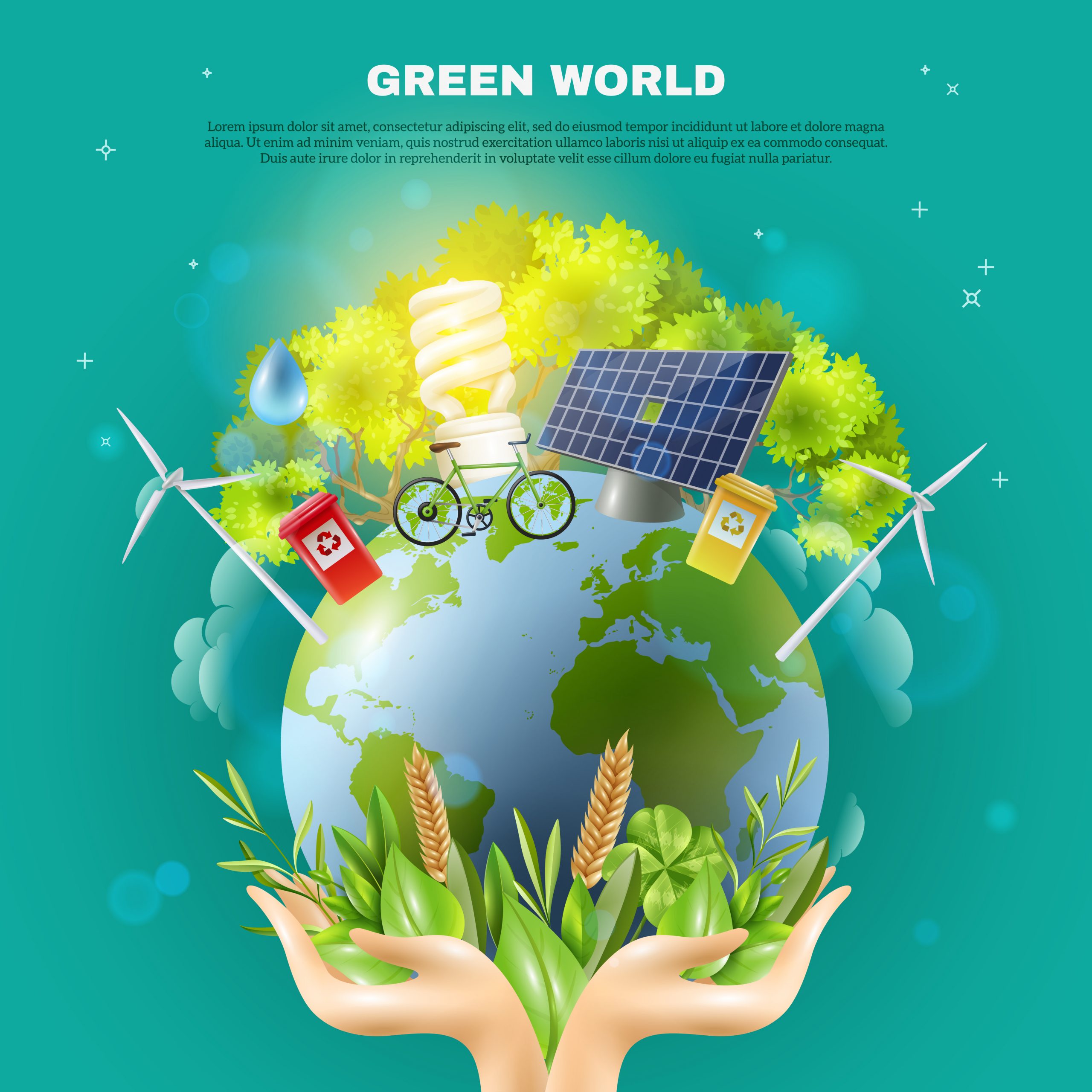News Highlight
The 2023 Union Budget has allocated ₹19,700 crore for the NGHM; this could help India establish itself as a green hydrogen superpower.
Key Takeaway
- The 2023 Union Budget has allocated ₹19,700 crores for the National Green Hydrogen Mission.
- This will set in motion a programme that can position India as a green hydrogen superpower.
- India has committed to 50% electricity capacity from non-fossil sources by 2030.
- But an energy transition in the industry is needed at the same time.
- India’s industrial greenhouse gas emissions come from steel, cement, fertilisers and petrochemicals.
Green Hydrogen
- About
- Hydrogen is an important industrial fuel with many applications.
- It includes the manufacture of ammonia, steel, refineries, and power.
- Nonetheless, all hydrogen produced nowadays is called black or brown hydrogen because it is derived from coal.
- Pure hydrogen, or elemental hydrogen, is extremely rare.
- When an electric current is run across water, it electrolytically divides it into elemental oxygen and hydrogen.
- If the electricity in this process originates from a renewable source such as wind or solar, the hydrogen produced is known as green.
- The colours associated with hydrogen denote the source of power needed to create the hydrogen molecule.
- When coal is utilised, it is called brown hydrogen.
- Current Production
- Due to the high cost of production, green hydrogen currently accounts for less than 1% of global hydrogen production.
- A kg of black hydrogen costs between USD 0.9 and 1.5 to generate.
- While grey hydrogen costs between USD 1.7 and 2.3 and blue hydrogen costs between USD 1.3 and 3.6.
- However, green hydrogen costs USD 3.5-5.5 per kilogramme, according to a 2020 study by the Council for Energy, Environment, and Water.
Significance of Green Hydrogen
- Achieving Emission Target
- Green hydrogen energy is critical for India to reach its NDC targets and assure regional and national energy security, access, and availability.
- With the Paris Climate Accord, India committed to reducing its economy’s carbon intensity by 33-35% from 2005 levels by 2030.
- Green hydrogen has the potential to accelerate India’s transition to renewable energy and battle climate change.
- Energy Storage and Mobility
- Green hydrogen can be an energy storage alternative.
- It will be necessary in the future to meet the intermittent nature of renewable energy.
- Regarding mobility, Green Hydrogen can be employed in railways, huge ships, buses, or trucks for long-distance mobilisations for either urban freight movement within cities and states or for people.
- Reducing Import Dependence
- It will minimise India’s reliance on imported fossil fuels.
- The localisation of electrolyser manufacturing and the development of green hydrogen projects have the potential to generate a new green technology market in India.
Challenges Related to Green Hydrogen
- High Production Costs
- Green hydrogen is currently more expensive than hydrogen derived from fossil fuels.
- This is because the electrolysis process is used to make green hydrogen.
- Furthermore, it takes considerable electricity, and renewable electricity is currently expensive in India.
- Lack of Infrastructure
- In India, infrastructure for generating, storing, and transporting green hydrogen is still lacking.
- This includes a scarcity of hydrogen refuelling stations and pipes for hydrogen transport.
- Limited Adoption
- Despite the potential benefits of green hydrogen, adoption of this technology in India is currently restricted.
- This is owing to the general public’s lack of awareness and understanding of green hydrogen.
- In addition, there are few incentives for enterprises to adopt this technology.
Way Forward
- Increase the Capacity to Generate Renewable Electricity
- India’s renewable electricity generation capacity can be increased to minimise the cost of green hydrogen manufacturing.
- This can be accomplished by increasing renewable energy sources such as solar and wind power.
- Developing Hydrogen Infrastructure
- To make green hydrogen more accessible, infrastructure for its production, storage, and distribution must be developed.
- Furthermore, this includes the construction of hydrogen refuelling stations and pipes for transporting hydrogen.

Pic Courtesy: freepik
Content Source: The Hindu



